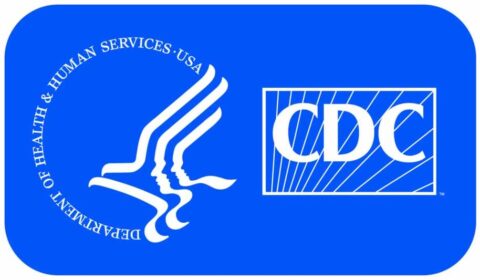To appreciate the differences between workplace respirator use and personal respirator use, it is important to understand how these devices work.
How Respirators Work

Three key factors are required for a respirator to be effective:
- the respirator has to be put on correctly and worn during the exposure;
- the respirator must fit the user’s face snugly to minimize the number of particles that bypass the filter and get into the breathing zone through gaps between the user’s skin and the respirator seal;
- the respirator must fit the user’s face snugly to minimize the number of particles that bypass the filter and get into the breathing zone through gaps between the user’s skin and the respirator seal;

Respirator Use at Work
The Occupational Safety and Health Administration (OSHA) has regulations (29 CFR 1910.134) in place to ensure that all three of these items are addressed in occupational settings where respirator use is required.
- All employers with employees required to wear a respirator must; provide training which covers putting on a respirator and when the respirator should be used;
- ensure that the respirator is both comfortable and fits the wearer using a fit test protocol conducted by a safety professional; and
- ensure that the respirator is both comfortable and fits the wearer using a fit test protocol conducted by a safety professional; and
Numerous workplace protection factor studies have demonstrated, that when used correctly, within the context of a complete respiratory protection program following OSHA 1910.134, any NIOSH-approved particulate respirator, regardless of make, model, or size, will provide a minimum level of protection.5 For example, a N95 filtering face piece respirator (FFR), when used properly, will reduce the amount of particles being inhaled at work to at least 1/10 of that in the room.
While FFRs have proven to be an essential component of occupational safety and health, their use is not without challenges. For example, most workers will find that wearing an FFR is not comfortable because a properly worn respirator will trap warm, moist air around your face. However, the effort required to move air in and out of the device is not noticeable for most people. Studies have shown that FFR use causes no additional physiological stress to most wearers, including pregnant women and does not contribute to heat stress .6-8
Voluntary Respirator Use at Work
OSHA’s 1910.134 respiratory protection standard does allow for workplace situations in which respirator use is voluntary because the exposure is below an exposure limit. For example, some employees who have seasonal allergies may request a respirator for comfort when working outdoors, or an employee may request a respirator for use during non-hazardous exposures such as sweeping a dusty floor. To encourage respirator usage in these types of situations, OSHA only requires employers to ensure that the respirator does not present a health hazard to the worker. For FFRs, this means that training, fit testing, and medical evaluation are not required.
Respirator Use by the General Public
Respirator use by the public is not subject to the same regulations required of employers in workplaces. Similar to voluntary use in workplaces, wearers will not have the benefits of formal training, fit testing, or medical evaluation. Additionally, while NIOSH-approved respirators are the standard within all relevant workplaces, for the general consumer there are many different types of respirators and facemasks available.9 Because of these considerations, a few differences emerge consistent with the three key factors to effective respirator use:
- Without training, respirators are likely to be worn incorrectly. NIOSH conducted research in New Orleans after Hurricane Katrina in order to evaluate the correctness of N95 FFR donning by the public for mold remediation and found that only 24% of participants demonstrated proper donning technique.10 Common mistakes included the clip (the metal band at the top of the FFR) not being pressed or tightened against the contours of the user’s face, straps incorrectly placed, and putting the respirator on upside down. Users should follow manufacturers’ guidance and the best practices below for guidance.
- Without fit testing, it is not possible to know how well the respirator you use fits you. Fit testing is a critical step as it increases the chances that you will receive expected levels of protection. Studies have shown that face seal leakage from a poor fit is the largest contributor to poor protection11, aside from not wearing your respirator at all or wearing it incorrectly. See best practices below for fit testing recommendations.
- Improvised devices such as bandanas and t-shirts, non-NIOSH-approved single-strap dust masks, and loose-fitting facemasks will not provide the same level of protection as a NIOSH-certified respirator.
